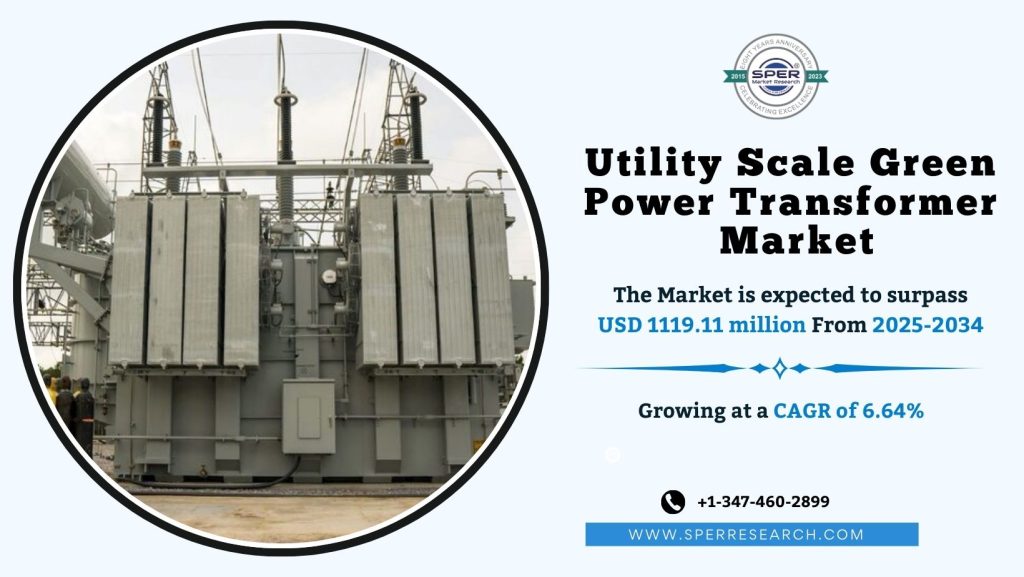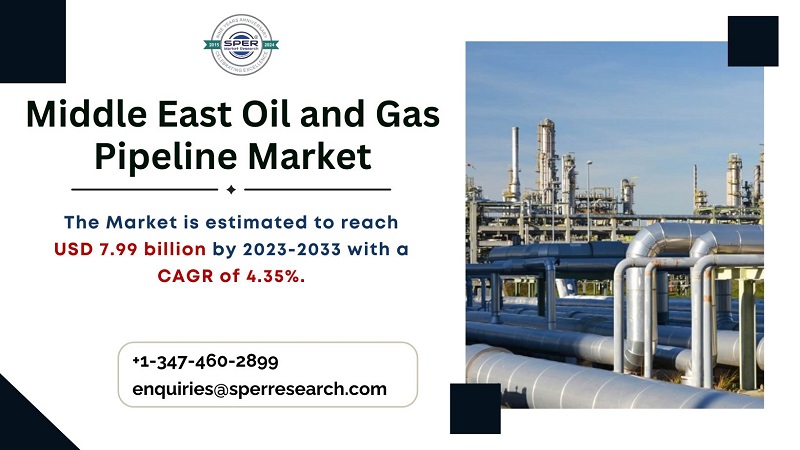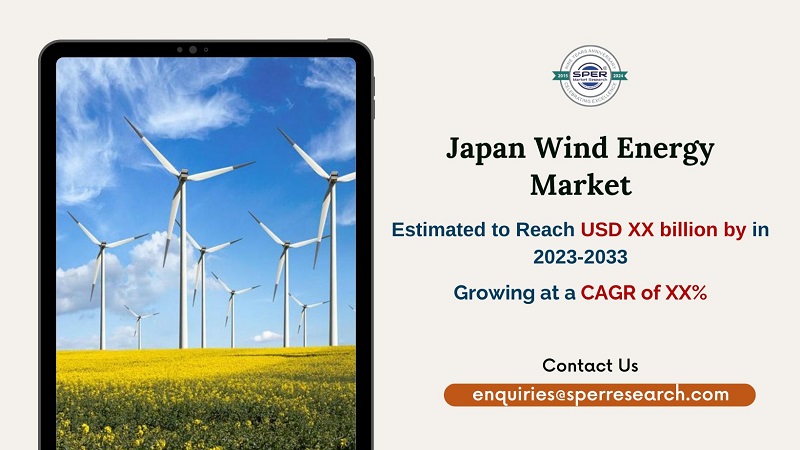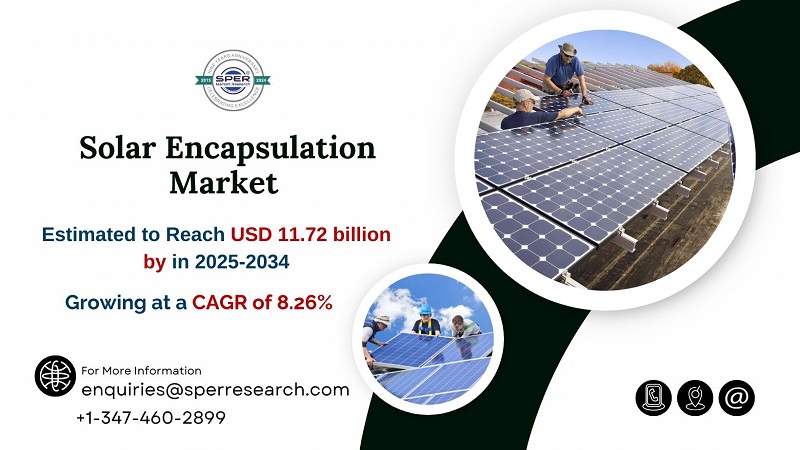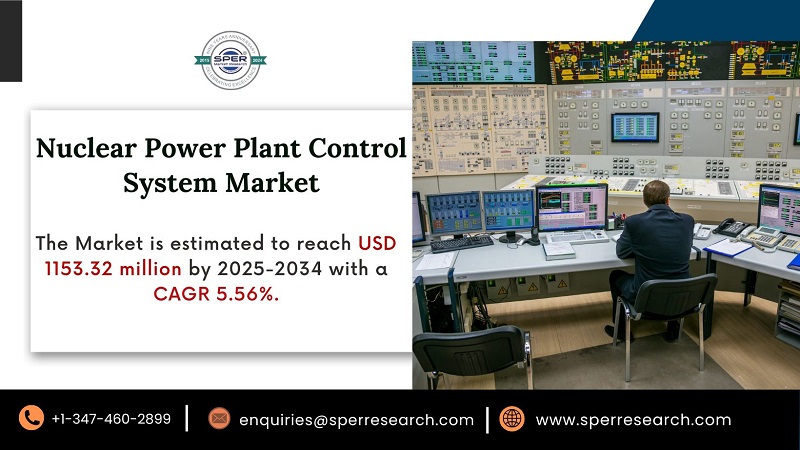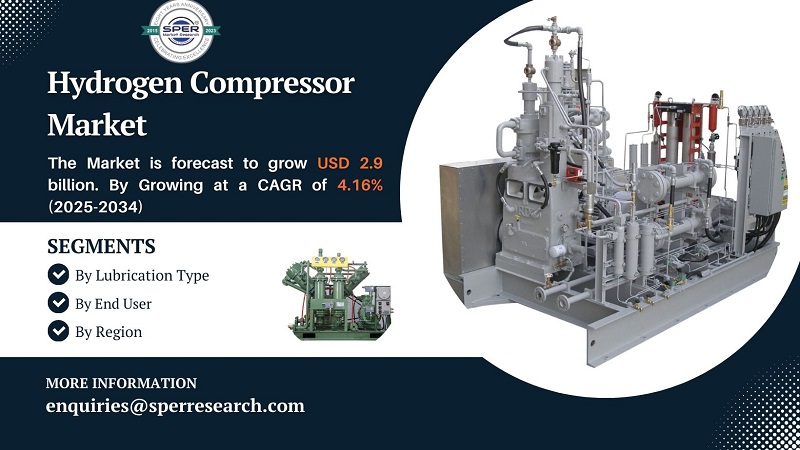Utility-scale green power transformers are crucial for the efficient transmission and distribution of electricity produced from renewable energy sources such as wind, solar, and hydropower. These transformers are specially designed to manage the complexities and variability associated with power generation from decentralized renewable systems. They are key in integrating renewable energy into the grid, ensuring a stable and reliable power supply. Unlike conventional transformers, green power transformers are built to reduce energy losses and environmental impact by utilizing advanced materials and technologies that enhance efficiency and lower greenhouse gas emissions.
According to SPER market research, ‘Global Utility Scale Green Power Transformer Market Size- By Type, By Application – Regional Outlook, Competitive Strategies and Segment Forecast to 2033’ state that the Global Utility Scale Green Power Transformer Market is predicted to reach 1119.11 million by 2034 with a CAGR 6.64%.
Drivers:
The adoption of eco-friendly transformer technologies has been accelerated by stringent environmental regulations and emissions reduction goals, driving utilities to replace outdated, inefficient transformers with sustainable alternatives. As power grids transition to smart grids, green transformers equipped with advanced monitoring and control features play a crucial role in enhancing grid resilience and optimizing power distribution. In regions focused on infrastructure upgrades, especially in developing countries with rising energy demands, green transformers help modernize grids, increase efficiency, and reduce environmental impact. The growing use of distributed energy resources (DERs), such as rooftop solar and small wind turbines, is also reshaping power distribution dynamics.
Request a Free Sample Report: https://www.sperresearch.com/report-store/utility-scale-green-power-transformer-market-futurre-outlook?sample=1
Restraints:
The utility-scale green power transformer market encounters several challenges, mainly due to high initial costs and the difficulty of incorporating advanced technologies into existing infrastructure. The shift to green transformers requires substantial upfront investments in research, development, and equipment, posing a barrier for utilities, especially in developing regions with limited financial resources. Furthermore, ensuring the reliability and performance of these transformers in varying and often harsh environmental conditions presents technical challenges. With the variability in power generation from renewable sources like wind and solar, green transformers must be designed to manage these fluctuations, adding another layer of complexity.
The North American utility-scale green power transformer market is projected to experience significant growth by 2032. While there was initial hesitation regarding infrastructure investment in the United States, considerable progress has been made in securing funding for such projects. A notable example is the expected funding for the Highway Trust Fund, which is set to play a major role in enhancing the nation’s infrastructure development. Some significant market players are ABB, Alstom Grid, CG Power and Industrial Solutions, Eaton, GE Grid Solutions, Hitachi Energy Ltd., Hyosung Heavy Industries.
For More Information, refer to below link: –
Utility Scale Green Power Transformer Growth
Related Reports:
Follow Us –
LinkedIn | Instagram | Facebook | Twitter
Contact Us:
Sara Lopes, Business Consultant — USA
SPER Market Research
enquiries@sperresearch.com
+1–347–460–2899
